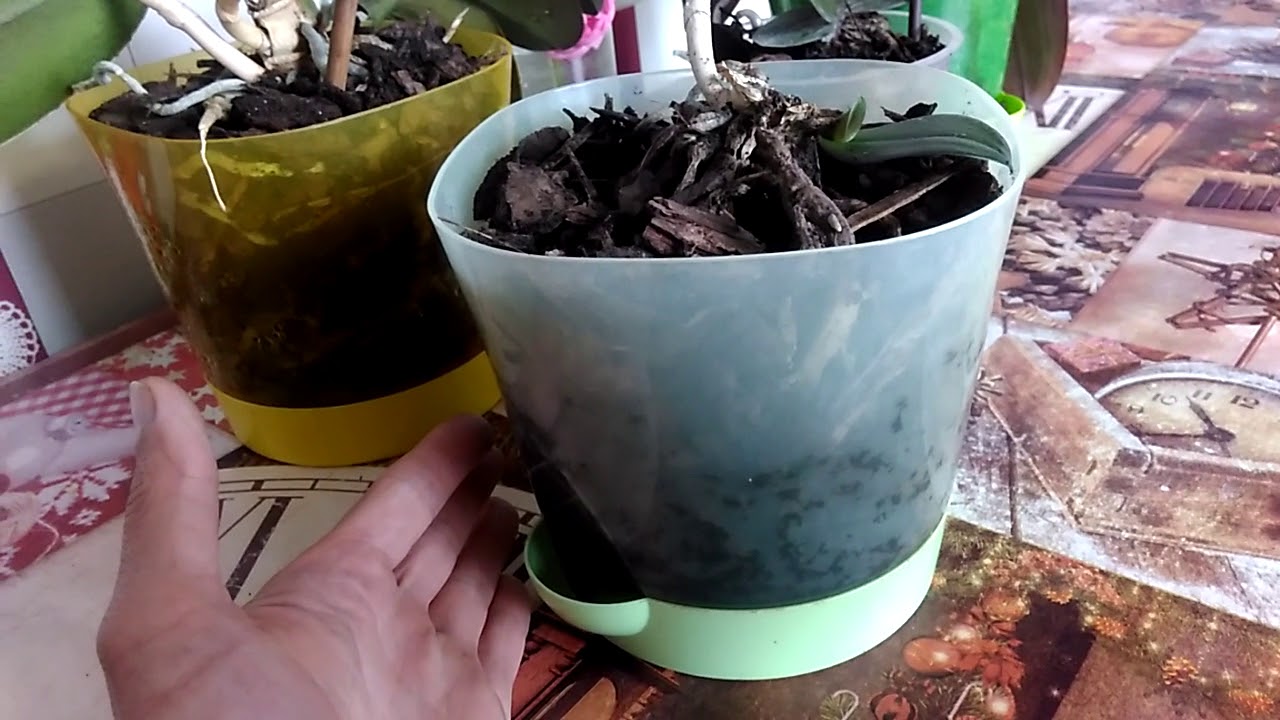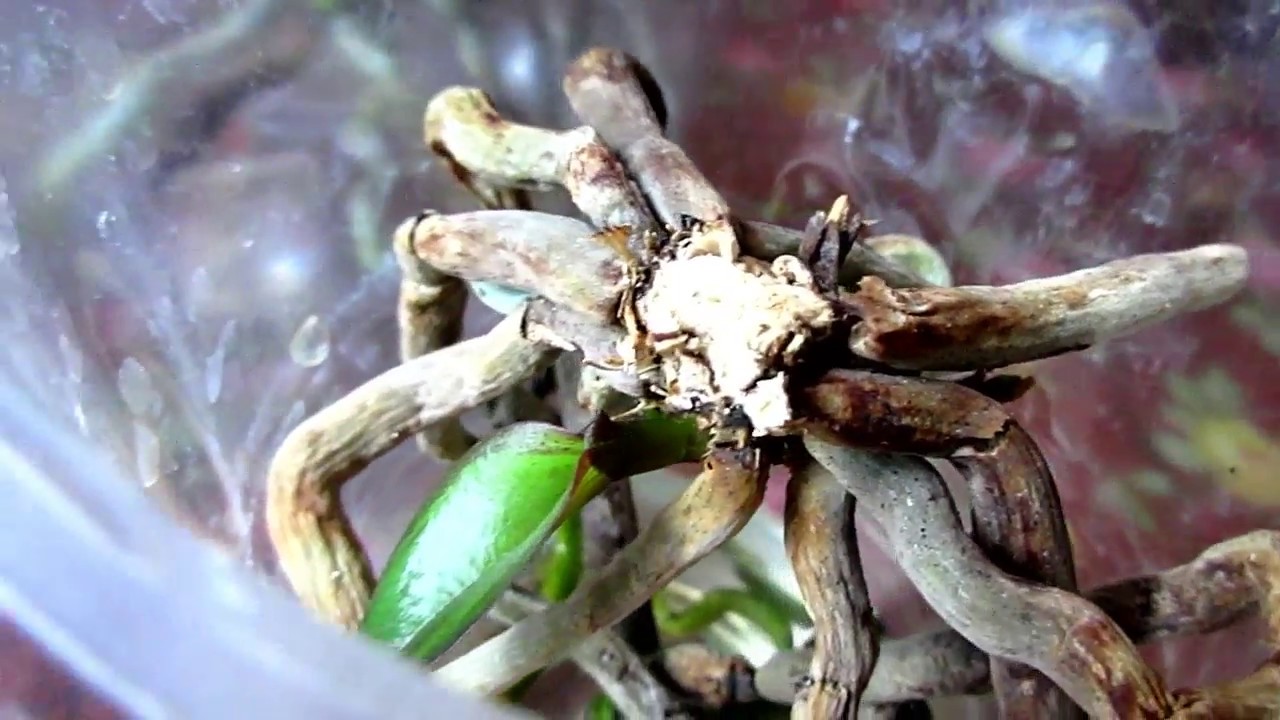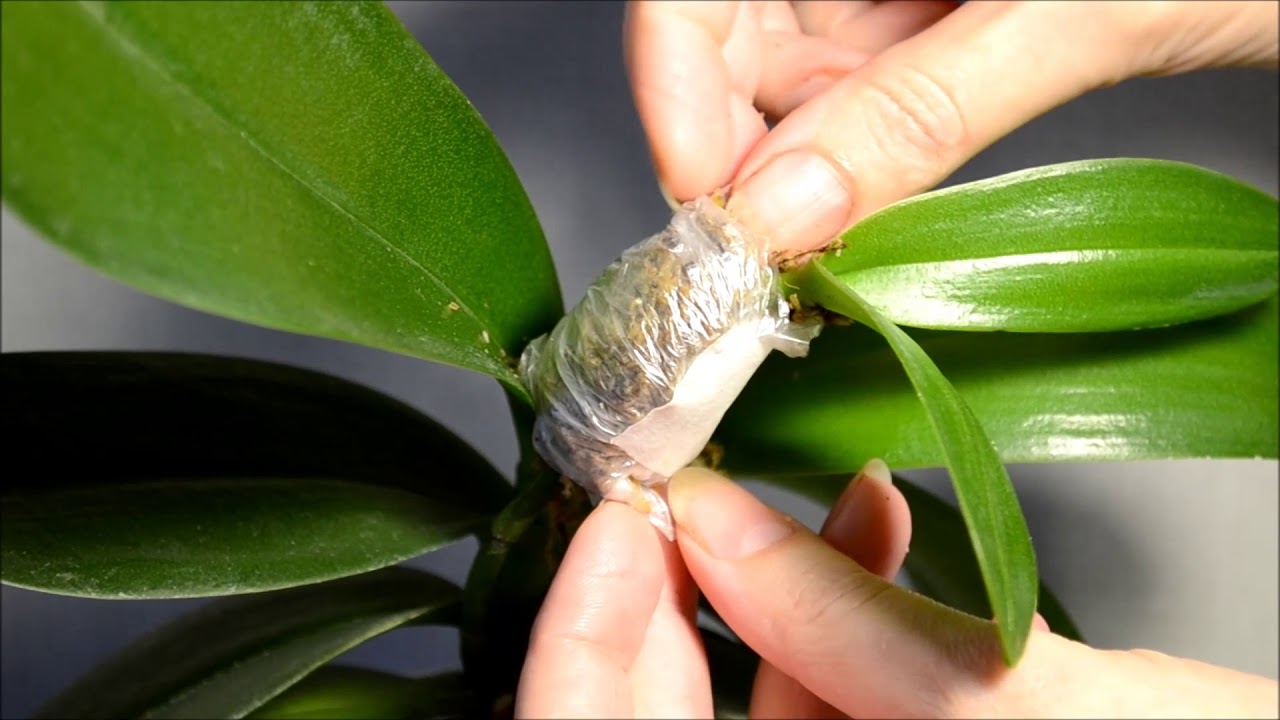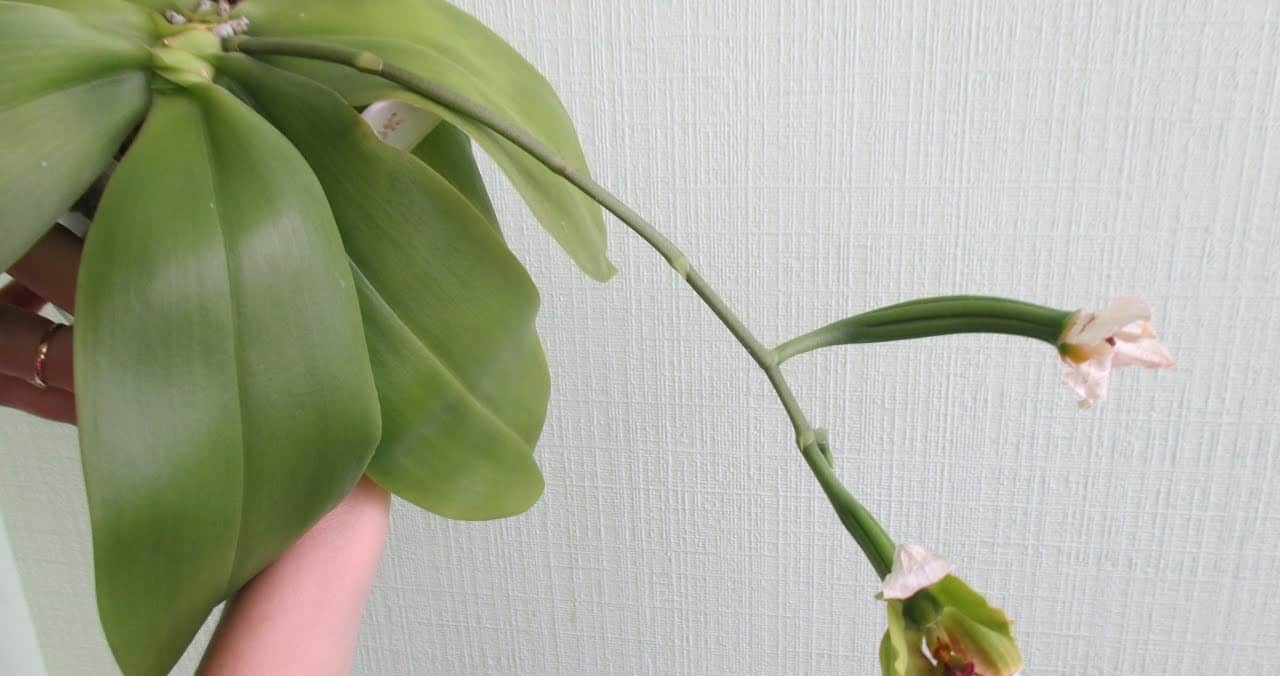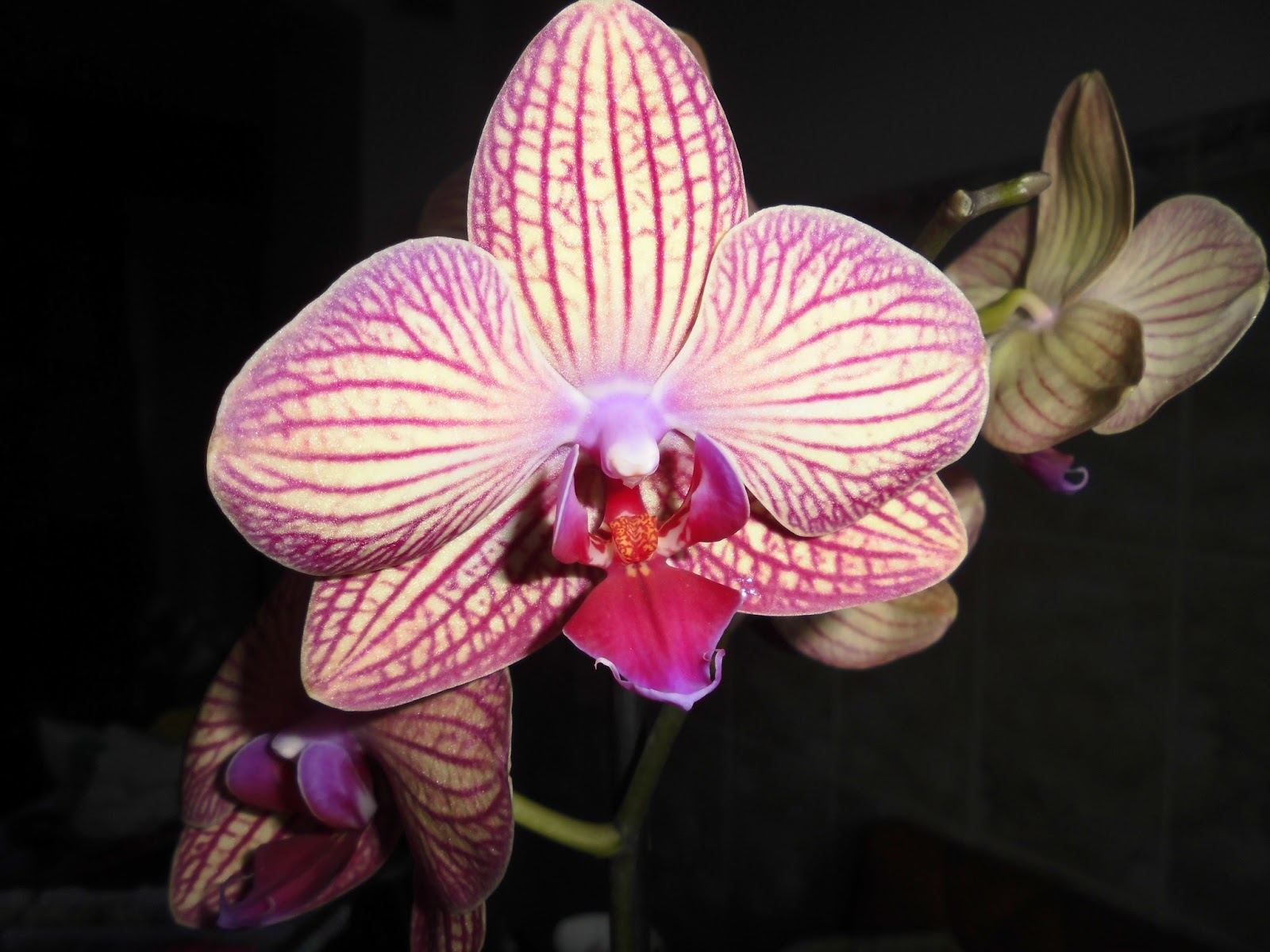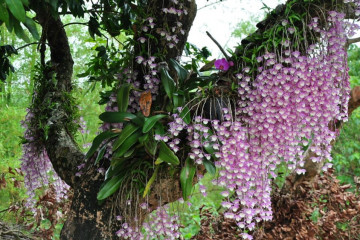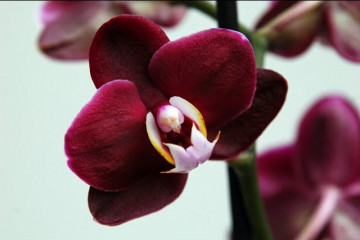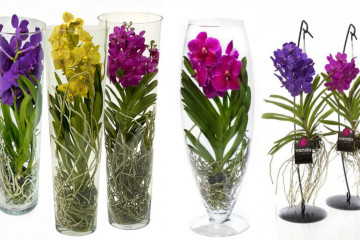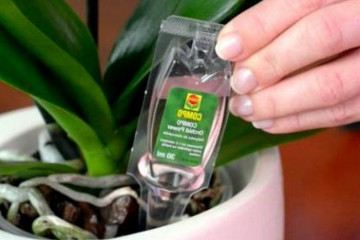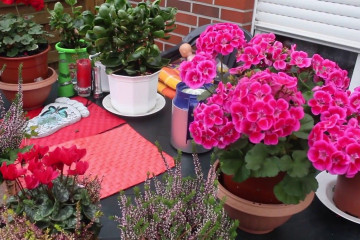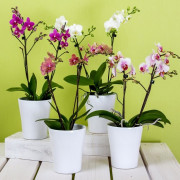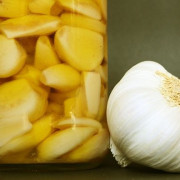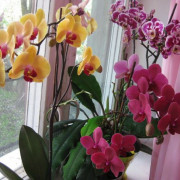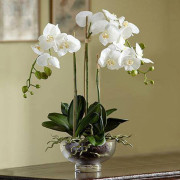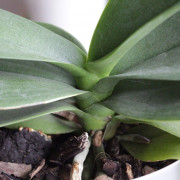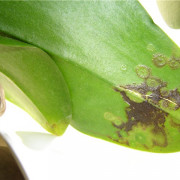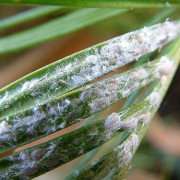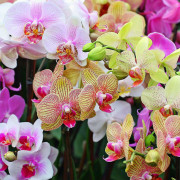How to propagate an orchid at home
Content:
Orchid is a herb belonging to the Orchid family. In natural conditions, the flower can be found in moist warm forests. The plant has 3-6 wide leaves, which are arranged alternately on the stem. A flexible long branch - a peduncle - grows between the foliage. Each variety has its own color of flowers. The abundance of flowering depends on the quality of care and the variety of the plant.
Orchids are very beautiful flowers, so after purchasing a plant, a grower will definitely want to replenish his collection. After mastering the basics of flower care, the question arises of how to propagate orchids at home.
When to breed
In order to get a positive result on the result of the reproduction of orchids, it is necessary to follow some important rules.
Before you start studying the material on how the orchid reproduces, you should decide on the planting time, temperature regime, degree of humidity, and also choose a plant from which the flower will borrow planting material.
Decisive factors for favorable reproduction:
- The best time to reproduce an orchid is at the end of the flowering phase. At this moment, the faded plant is maximally ready for reproduction. Sometimes the flower is bred in the spring, after a dormant period.
- The ideal breeding humidity is 50-80%. Sometimes flower growers carry out the procedure even at a humidity of 25-85%, but a violation of optimal indicators can have a bad effect on the plant.
- It is worth taking care of the temperature regime. It is best to perform the procedure at 28-30 ° C. It is permissible to slightly exceed the norm, but it is not recommended to lower it.
- Only healthy flowers can participate in reproduction. It is contraindicated for diseased plants with blackened foliage covered with mucus or yellowness. In the presence of such symptoms, the procedure is postponed until the flower is completely healed.
Plant propagation methods
The orchid is bred in different ways. The most popular propagation by cuttings and division, but some growers use seeds for this, air layers or plant a flower with the help of children.
By dividing
This is a fairly simple and versatile breeding method. Reproduction by division is suitable for most types of flowers. Before the procedure, you need to take care that the soil in the pot is well saturated with moisture.
Algorithm of actions:
- Carefully remove the flower from the planting container.
- Clean the roots from the ground and cut them so that each of the halves has 3 pseudobulbs. It is not worth dividing the orchid into smaller parts.
- Process the slices of the plant and plant it in the soil. Charcoal is usually used for processing.
This breeding method is best suited when transplanting a plant or when pseudobulbs appear on the soil surface.
Cuttings
Orchid propagation by cuttings is a more complicated method. But the question of how to propagate an orchid at home in this way, among flower growers, sounds much more often than others.
The procedure for propagation by cuttings:
- Prepare several 10-15 cm side shoots. At the same time, it is important to understand how to correctly take a shoot from an orchid.Decontaminate the cutting tool (for example, a knife) with alcohol and cut off the upper shoot with it.
- Cut the slices of the mother plant and the cutting itself with charcoal.
- Plant the cuttings in pots with slices in the ground.
- Take care of the shoots as if they were grown-up flowers.
Air layering
Some types of indoor orchids are best propagated with air layers. This method is most often used when breeding varieties Dendrobium, Epidendrum and other owners of a tall, gradually bare stem.
Method of propagation of orchids by air layers:
- In the period of active growth, tilt the elongated, bare stalk to the prepared pot and fix it well there.
- To prepare the substrate, you should use sphagnum moss, coconut fiber and small pine bark.
- Place the pot in the greenhouse. Ensure that a hole for the stem is cut in the upper part.
- Ventilate the greenhouse periodically and moisten (spray) the stem.
- When 2-3 leaves appear on the sprout that has grown from the bud and 5-centimeter roots grow, it must be separated and deposited in another container.
Children
At home, it is possible to propagate orchids by root children, but for this it is necessary to organize the optimal conditions for keeping the plant, both at the time of the procedure and after it.
Reproduction by children is suitable for monopodial orchid species:
- Phalaenopsis;
- Wanda;
- Vanilla;
- Brassavola.
Novice growers often find it difficult to grow orchids from the roots and do not always understand how to plant an orchid in this case. It is very difficult to grow a flower from the root in a natural way, therefore the procedure is often carried out when the orchid dies or its rejuvenation.
To get root babies, you need to divide the bush horizontally. The method is considered extreme, so it is important to adhere to the rules:
- It is necessary that the root mass of the plant is healthy.
- The trunk should have at least 3 aerial 5-8 cm roots.
Breeding orchids by children:
- Remove the flower from the pot and examine the roots.
- Outline the trimming area - leave the 2 bottom leaves, and cut off the upper half with air roots.
- Treat the sections with an antiseptic. Phytosporin or crushed activated carbon is best.
- Plant the roots with leaves in an old container with old soil. Reduce watering by 50%.
- Root the upper part in a new pot with a substrate.
- For the first time, you can water the top only after four days. Top dressing is carried out one month after planting.
- You can support the divided plant with succinic acid (wipe or spray the foliage). This will allow it to multiply better and faster.
- Take care of it like an ordinary flower. After the first green shoots appear on the "stump", the plant should be fed with the root method once every two weeks.
Growing from seeds
This method is complex and takes a lot of time. Orchid seeds are very small and lack nutrient tissue.
In the wild, germination occurs as a result of feeding from the root sponge. It is not easy to achieve this artificially, but it is possible.
Procedure:
- Pollinate the flower and wait for the seed capsule to ripen.
- Sow the seeds into a nutrient medium.
- Depending on the type of plant, the first shoots will begin to appear after 3-8 months.
Post-transplant care
In order for the flower recovery period to be successful, certain conditions must be organized.It is recommended to put the pot with the plant in a shady place (preferably on the east side), protecting the orchid from exposure to sunlight. The optimum temperature for keeping a flower is more than 21-22 ° C.
The first watering is carried out only 4–5 days after transplanting. The foliage needs moisture, so periodically you need to spray the flower with purified and warm water. After 30-35 days, the orchid is fed with useful fertilizers.
Possible breeding errors
Breeding orchids is not easy. Some irregularities during the breeding procedure can lead to an unsatisfactory result.
The most common mistakes of inexperienced florists:
- Introduction of infection. If you do not follow the rules for cutting cuttings, during the procedure, an infection can be introduced, which will lead to decay of the mother plant. To prevent this from happening, before cutting off the necessary parts of the flower, it is necessary to disinfect all cutting tools, and treat the branches with activated carbon powder.
- Incorrect separation of children. It is necessary to separate the babies from the mother's flower very carefully. Otherwise, the risk of damage to the plant, and then death, increases. Before planting, you need to separate the children from the peduncles, otherwise, when the remaining part of the peduncle decays, they will also begin to rot.
- Errors in the care of young flowers. It is especially important to comply with the norms of humidity, frequency of watering, temperature and lighting. Orchid babies are less resistant to the external environment than adult plants. Improper care can destroy them.
Reproduction of orchids is a process that affects the development of a tropical flower, on which the future life and health of the plant depends. Proper care of young offspring will allow them to go through the recovery period faster.

